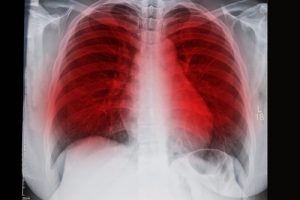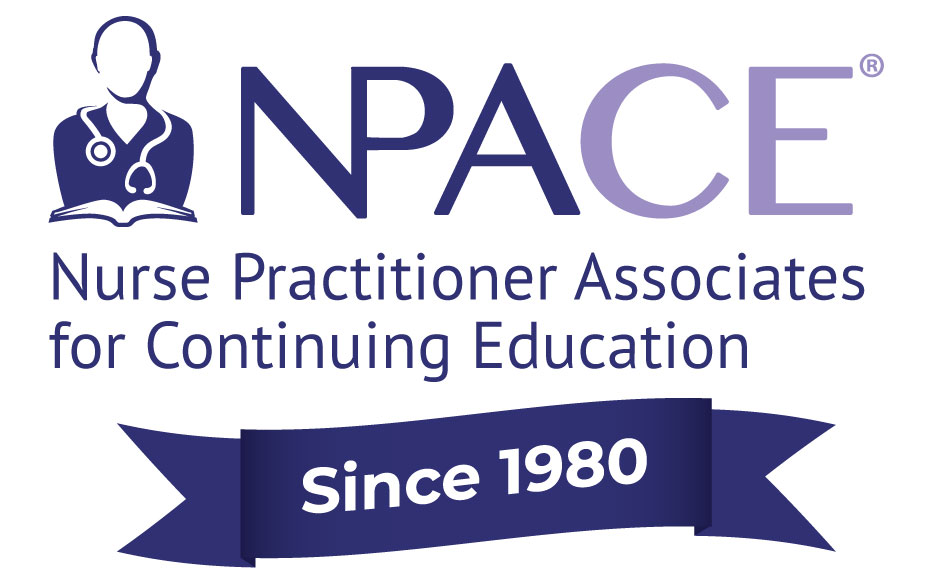From The Director
By: Terri Schmitt, Executive Director
Happy almost Fall! This time of year, the back to school, changes in schedules, thinking about preparation for fall is a great time. It’s a time to get outside, reorganize the schedule, consider new professional or personal routines, begin preparing for family and friends. Here at NPACE we are doing the same. We are preparing for the final quarter, reviewing the year thus far, and looking ahead to what we want 2023 to be like. I have to say that 2022 return to in person conferences has been such a fantastic thing to experience. Connecting with some amazing attendees, partners, and speakers has been the highlight of this work! We aren’t done yet this year!
In Boston, MA you can shop for the holidays, see pieces of history, or eat great Italian food! You can also join us for free workshops on radiology reading, EKG interpretation, or women’s health.
If you need a virtual option, besides on demand, we have a $50 1 day event coming Oct, 4th!
If you cannot join us this year, then be looking to 2023, where we are going to new places, changing up our schedule to offer you more down time with more benefits and CE, and making wellness for you a priority. Our registration will be out this fall!
Finally, as always NPACE wants to hear from you. What do you need for wellness, continuing education, community with other professionals? We want to start more conversation. Follow us on Instagram, Twitter, LinkedIn or Facebook.
_____________________________________________________________________________________________
On Demand: Upcoming Labor Day Sale
If you have not visited the NPACE Learning Center at learn.npace.org, then you should. Engaging and expert content you need, pharmacology credits, and important topics. Be looking for more information on our big upcoming Labor Day sale!
August Wisdom: Monkey Pox
by: Danielle Hebert, DNP, ANP-BC
Monkeypox-yet another outbreak creating concern and worry amongst our patients. As of August 3, 2022, there was 6,617 confirmed cases in the United States, with higher concentration of cases noted in New York, California, Texas, Florida, Georgia, and Illinois (CDC, 2022). Cases are continuing to climb, emphasizing the need for providers to be familiar with presenting signs and symptoms, at-risk populations, prevention, and treatment. To learn more or to monitor this evolving situation, please go to https://www.cdc.gov/poxvirus/monkeypox/index.html

LUNG CANCER SCREENING: A MAJOR ROLE IN PREVENTATIVE CARE
BY: Jolene Cannaday DNP, AGPCNP-C
On August 1st we observed World Lung Cancer Day, a day of observance that started in 2012 to help raise awareness and promote overall lung health. Many NPs work in primary care where preventative screening plays a major role. The importance of lung cancer screening is part of this preventative mindset. The United States Preventative Services Taskforce (USPSTF) currently has a Grade B recommendation for lung cancer screening via low-dose computed tomography (LDCT) for 50 – 80-year-old adults who have a 20 pack-year smoking history, currently smoke, or have quit smoking within the past 15 years1.

Tobacco and Vaping
By: Madison Davis MPH Candidate, Brown University School of Public Health
Vaping is an ongoing, dangerous, trend among adolescents. The increase in harmful side effects associated with vaping has led to concern among providers and public health officials. A vape, or an e-cigarette, allows individuals inhale a heated aerosol that usually contains nicotine1. A monitoring study in 2019 concluded that the prevalence of vaping increased two-fold among eighth grade, tenth grade, and twelfth grade students between 2017 and 20191. It is important to observe the increase in vaping among young individuals because of the detrimental effects nicotine has on developing teenagers2. During the adolescent period, generally defined as between 12 and 18 years of age, there are critical changes in cognitive and executive function, working memory, reward processing, emotional regulation, and motivated behavior2.


